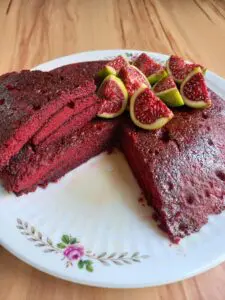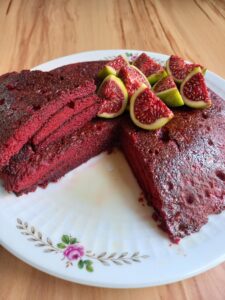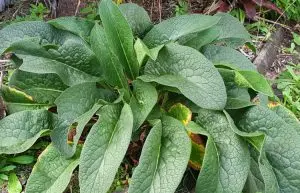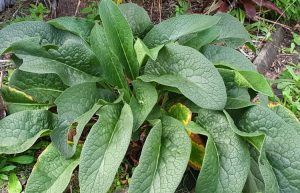Coturnix or Japanese Quail are sometimes also called Pharaoh quail and this name lends some explanation as to why this breed of domestic poultry no longer sits on their eggs. In fact, most quail don't even lay their eggs in nesting boxes or even in the one general area. More often than not, quail keepers will find their birds laying eggs all over the place and in no logical area at all and the main reason for quail laying eggs randomly is simply due to their domestication over thousands of years.
The earliest record of humans keeping quail was in ancient Egyptian times about 6,000 years ago (hence the name Pharaoh quail) in all likelihood the Pharaohs kept quail because of how fast this bird grew to adult. Being one of the fastest growing land animals quails are also the fastest developing breed of poultry capable of laying eggs at just 6 weeks old and an egg only taking 16-18 days to hatch!
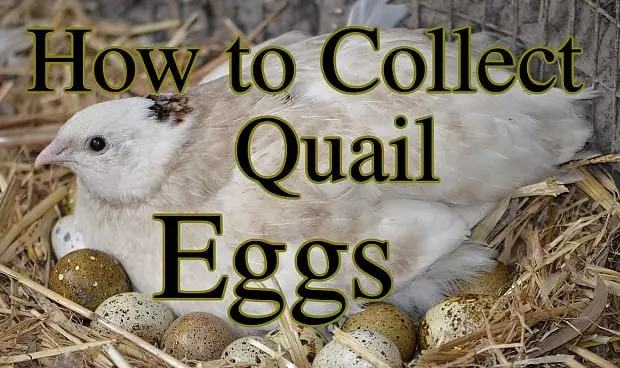
A quail hen sitting on her eggs – a very rare thing to see (image above)
Collecting quail eggs
Quail kept in small cages don't require much thought when it comes to collecting eggs because most of the time the cages are designed to let the eggs roll out into a collection bay automatically as soon as it is laid. However, those quail kept in large pens or runs (like mine) have the opportunity to lay their eggs wherever, so collecting these eggs can be quite tricky.
Even though quail have lost their instinct to incubate their own eggs they still regain the urge to hide them and because of the colour and random patterns of each egg they can be hard to spot on the ground. Over the years, I've accidentally stood on many quail eggs hidden in mulch or just sitting out in the open that I've failed to see.
Quail will also lay under obstacles or in shelters so a good way to encourage your quail to lay in the one area is to create a small shelter like: a box, a rabbit cage, cat cage, or old dog kennel, etc. This won't capture all the eggs; however, it might make egg collecting easier by concentrating some of them in the one place.
Although quail eggs are small, they are pretty hardy and probably harder to break than a chicken egg but obviously care should be taken when handling them.
Have I ever seen quail sit and incubate their own eggs?
Yes! But quail hens collecting eggs and sitting on them (brooding) is very rare. Furthermore, even if a hen does sit on her eggs full term and successfully hatches out chicks often the young are under weight or weaker than artificially incubated eggs.
Rules or tips for collecting quail eggs
The following are some things to look for when collecting quail eggs:
- Dirty eggs – If the egg shells are dirty, muddy, poopy, or discoloured they should be discarded.
- Cracked eggs – Look for cracks in the eggs and discard any that are damaged or cracked. Cracks in eggs can allow bacteria and other nasties to enter into the egg and contaminate it.
- Chalky eggs – Quail eggs are supposed to have a glossy or smooth shell. If the shell is rough or "chalky" often dull in colour or washed out then they should be chucked out or at least not used for human consumption or incubation.
- Size of eggs – A standard sized quail egg is about a third of a chicken egg (similar to one of those smaller chocolate Easter eggs you get in bulk). Discard any tiny eggs or any over large ones and only keep the regular shaped eggs for incubating.
Discarded quail eggs needn't be wasted they can be given to chickens or dogs for a snack or even fed back to the quail themselves for extra calcium and protein. Note: when feeding the eggs to quail you'll need to break them as quail don't have the ability to break their own eggs to eat and that's why they'll never learn to be "problem egg eaters" like chickens can if fed eggs, for example.
Storing quail eggs for incubation or eating
When collecting quail eggs for incubating (and breeding more birds) try to keep them in a cool dry area under under 20°C or thereabouts and try not to keep them for more than about 10 days before incubating as their viability will drop off dramatically after this time. I generally collect my quail eggs over a 7 day period and then incubate.
For eating quail eggs, I recommend storing them in the fridge and preferably covered in a carton otherwise they will dry out over time. Eat the eggs ASAP – they are best eaten within the month or 30 days.
If you're looking to buy an incubator check this review out on the one I'm currently using.
Video on collecting quail eggs
The video below is yours truly collecting quail eggs from our own quail run/enclosure.
https://www.youtube.com/watch?v=baOqKGYdpm4

